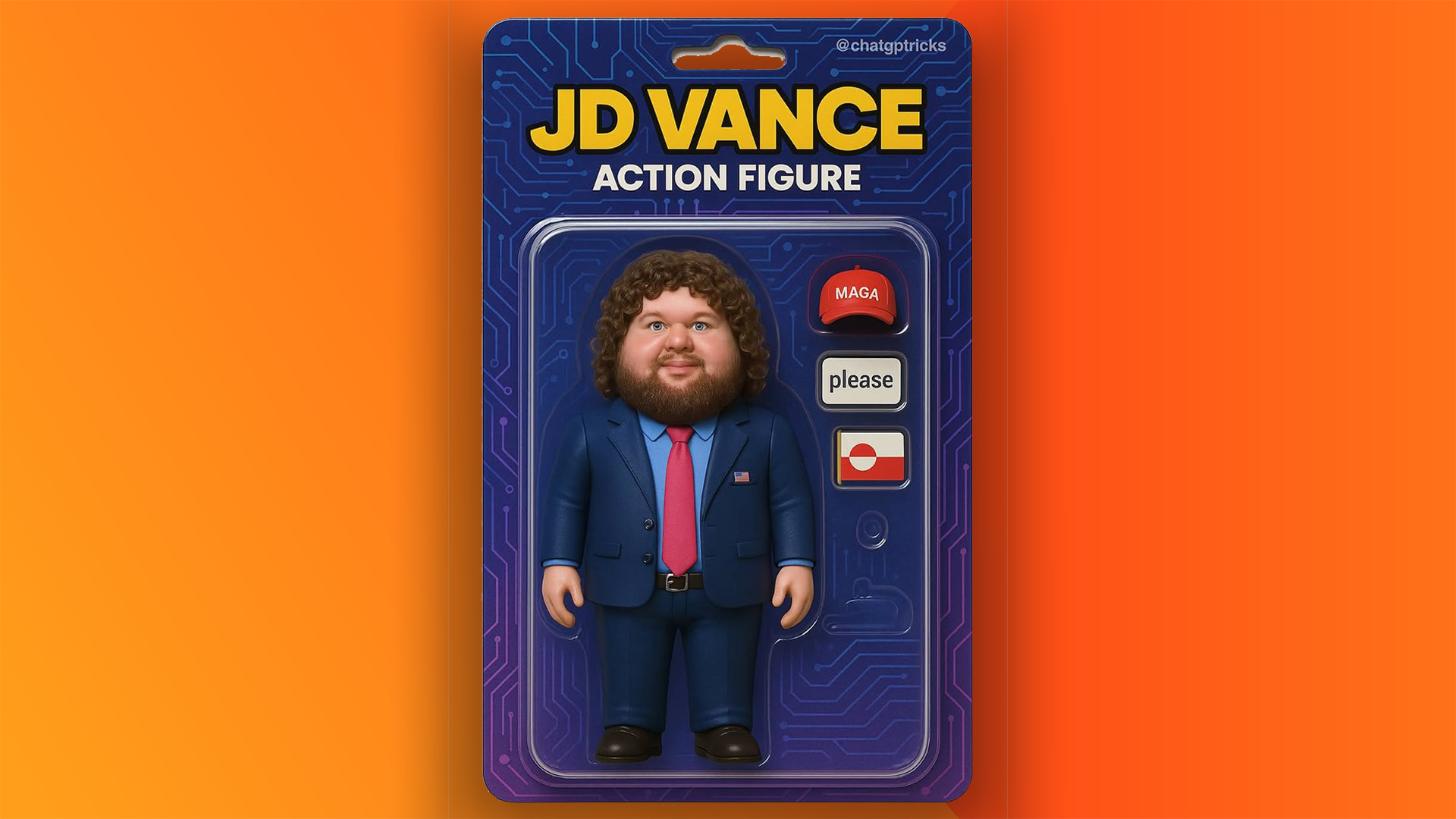Successful print selling
What’s the best way of turning your images into art? What sells well and how should you price it? We speak to four artists to find out the best means of making money from your prints
For graphic artists, designers and illustrators, selling your own prints can be both financially rewarding and a sharp self-promotional exercise. By creating a strong, commercially successful style, then printing and selling artworks directly to consumers, you build your personal brand while helping to pay the bills. (For advice on creating linocuts, see our post on lino printmaking.)
Yet striking the balance between investment and demand is key to being successful. There’s little point devoting a fat sum to a run of 500 prints if there’s no market for them. Similarly, restricting your output to a limited run of ten that quickly sell out does little for your finances.
Understanding the mechanics of self-selling – from what type of artwork proves popular, to how to price it competitively, where to sell it and how to promote it – is vital. So we talked to four very different yet commercially astute designers and illustrators to bring you the low-down on creating, pricing and selling your artwork successfully.
01 Andy Council
The Bristol-based artist and illustrator knows what makes a successful print. Here he shares his self-marketing secrets
The majority of Andy Council’s prints are produced on Giclee as they are created from digital files or high-resolution photos of original canvas works. But there’s another reason Council prefers to use this method: lower cost.
“Giclee means that I am able to produce my prints as and when a customer orders one, rather than making the whole print run at once,” he says. “I tend to go for a run of 30. It’s not too limited a run and not too many either to make it mass produced.”
Council’s reputation as one of Bristol’s premiere illustrators and street artists is a further selling point – his local pieces have a ready-made audience whether the people buying them are art-lovers or not: “All my pieces that include local landmarks from the city always sell well. My Bristol Dinosaur piece just keeps selling and it’s over five years old now. I think people like prints that include things they can identify with.”
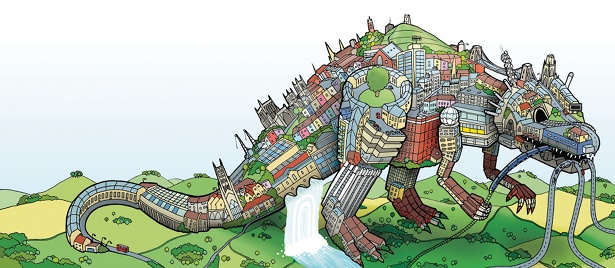
02 Crayon Fire
Illustrator Neil Stevens, creatively known as Crayon Fire, blends freelance work for magazines and newspapers with his popular poster series
Neil Stevens sells his digital Giclee prints directly through his online store. “With the Tour de France series – where I created an illustration a day throughout the Tour – I placed them in the shop each day and orders would come in that evening, so the quick turnaround of this method meant I could create them, place them in the online shop, sell them, have them ordered and printed in a short space of time.”
He uses a professional printers, Ripe Digital, which provides the basis for his pricing of each print: “I calculated [price] by factoring in what I could afford or would pay for a digital print along with the costs of printing and postage and packaging. The quotes that came back from Ripe for the A3 and 500x700mm prints were great value. So once I had calculated the costs of buying my own cardboard tubes, tissue paper, tape and postage I came to my final prices. It’s also good to create a buzz on Twitter by offering a discount for the day or giving out a handful for free in competitions as well.”
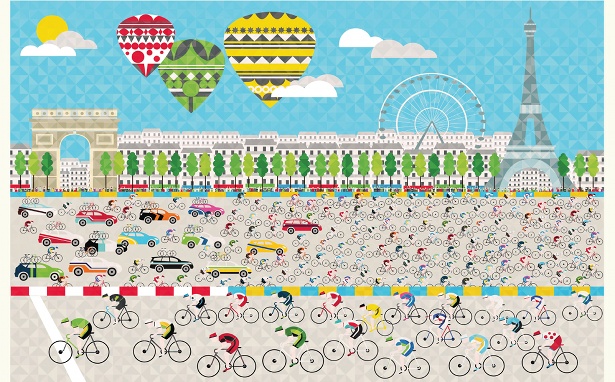
03 Mengsel Design
Artist Luzelle van der Westhuizen hand pulls each of her screen prints, and believes limited runs add value to her work
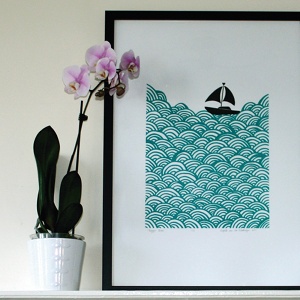
South African designer Luzelle van der Westhuizen creates her prints in runs of 50 from her London studio. She then signs and dates them, and sells directly online through her webstore and Etsy, and via a number of boutiques in the UK and South Africa, including Heal’s in London.
“I like to limit the print run, because it does add value and exclusivity to the print,” she says. “It also motivates me to work on new designs constantly, because when a limited edition is sold out, I will always try to move onto other things.”
Van der Westhuizen prices her works according to the physical make-up of each print; the size, thickness and texture of the paper used, amount of colours used in the print and the edition size of the print.
“In general, customers feel that my prints are good value for money, because one of my missions is to make unique art pieces affordable and accessible.”
04 James Brown
Commercial illustrator James Brown creates prints to order and sells through a number of big name stockists
“I produce all my prints myself in my studio,” says James Brown. “The process is very important to me and I am too precious to let anyone else do the printing – it doesn’t seem right to me.”
It’s this type of attention to detail that has seen Brown blend a successful career as a commercial illustrator with a sideline in collectable screen prints.
Each of his prints is limited to a run of 100, signed and dated, and then sold via one of his many stockists, which include the V&A, Heal’s, Liberty and Soma Gallery.
“Price is worked out according to edition size, the number of colours and the method of printing,” Brown explains. “A one-colour open edition lino cut is cheaper than a five-colour edition of 100 screen prints.”
A supportive agency clearly helps Brown develop commercial relationships with stockists, but gauging what types of prints are popular is less straightforward: “Certain pieces do sell better than others and if I could work out why it would be fantastic.”
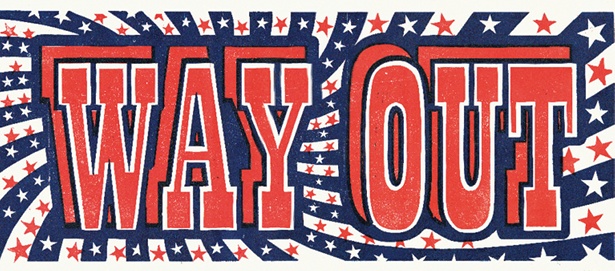
Get the Creative Bloq Newsletter
Daily design news, reviews, how-tos and more, as picked by the editors.

Thank you for reading 5 articles this month* Join now for unlimited access
Enjoy your first month for just £1 / $1 / €1
*Read 5 free articles per month without a subscription

Join now for unlimited access
Try first month for just £1 / $1 / €1
The Creative Bloq team is made up of a group of design fans, and has changed and evolved since Creative Bloq began back in 2012. The current website team consists of eight full-time members of staff: Editor Georgia Coggan, Deputy Editor Rosie Hilder, Ecommerce Editor Beren Neale, Senior News Editor Daniel Piper, Editor, Digital Art and 3D Ian Dean, Tech Reviews Editor Erlingur Einarsson, Ecommerce Writer Beth Nicholls and Staff Writer Natalie Fear, as well as a roster of freelancers from around the world. The ImagineFX magazine team also pitch in, ensuring that content from leading digital art publication ImagineFX is represented on Creative Bloq.
